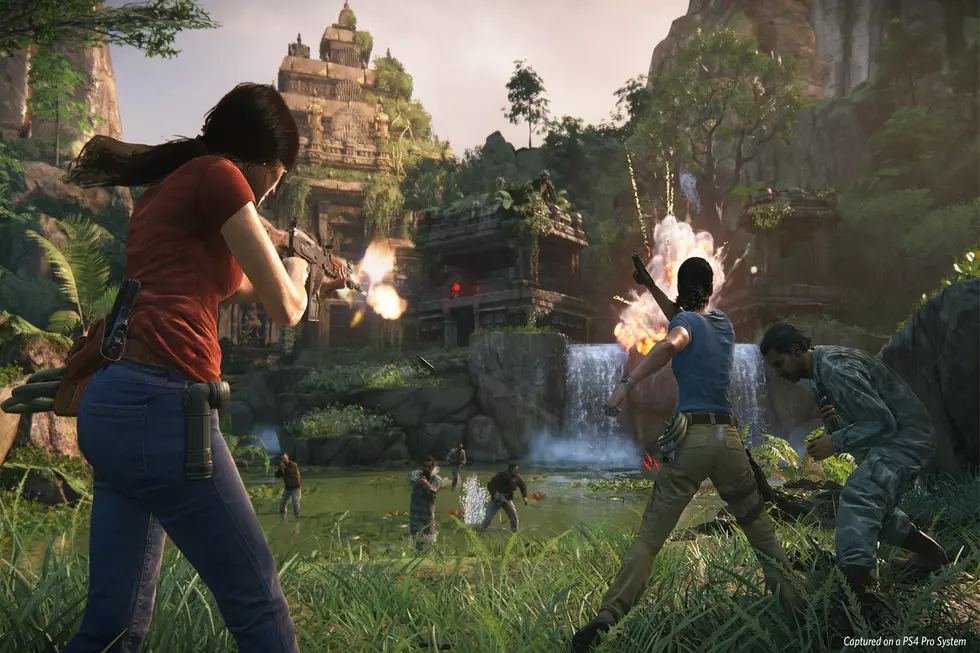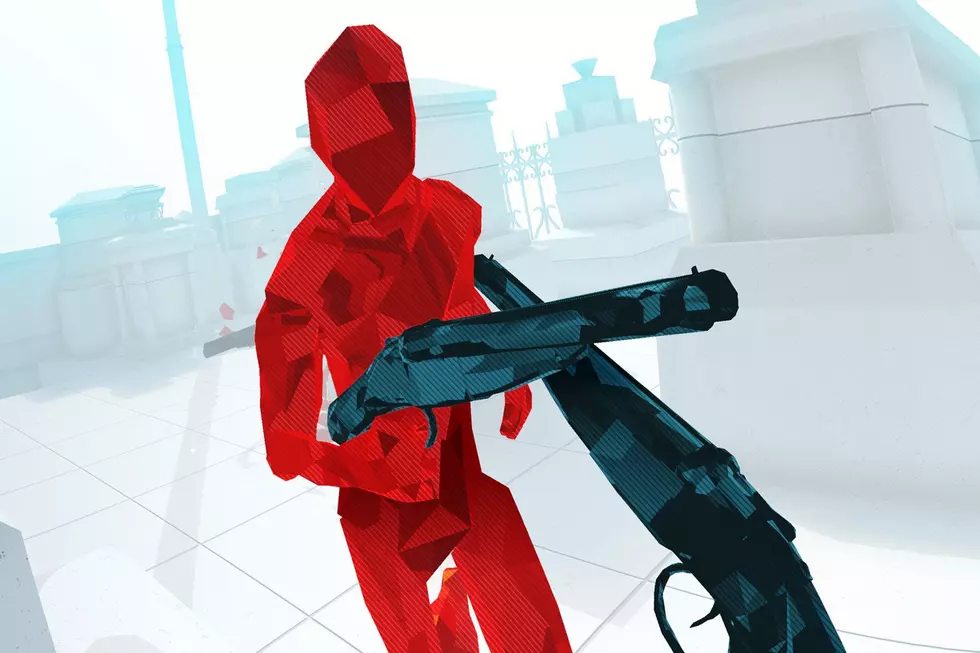
The Order: 1886 Review (PlayStation 4)
It’s easy to see how The Order: 1886 could have been something special. So many of the pieces are there: an alternate-history Victorian London setting full of mythical beasts and Arthurian knights; an arsenal of unusual weapons and gadgets straight from the lab of famed inventor Nikola Tesla; and a story of growing conflict between those tasked with keeping order and those who rebel against it. When all the parts come together, though, there’s still something missing--fun. Though it’s impressive in some ways, The Order: 1886 fails miserably in its most important goal of keeping the player entertained for any significant length of time.
Long after King Arthur and his original roundtable line-up have departed, the knights of the round are still going strong in The Order’s vision of nineteenth-century London. Thanks to the discovery of a mysterious substance called Blackwater, the members of the Order are able to greatly extend their lives and heal from almost any ailment, so they can devote even more time to fighting the half-breeds (werewolves) and rebels that threaten the city’s safety. The Order mostly focuses on one squad of knights: Sir Galahad, a seasoned member of the group; his protégé, the defiant Lady Igraine, also called Isabeau; French ladies’ man Marquis de Lafayette; and Galahad’s mentor Sir Perceval, one of the oldest members of the round table.
Things are tumultuous in late 1886 in Whitechapel, where much of the action takes place and the Jack the Ripper killings are still ongoing and unsolved. Luckily for Galahad and his associates, they have the help of Nikola Tesla and his lab of engineering marvels. From high-tech lockpicks to extraordinary weapons, Tesla’s toys are seen throughout The Order, and an early visit to the lab presents the promise of these gadgets elevating the game to “more than just a shooter” status. Sadly, Tesla’s inventions are used only sparingly, with most of the gunplay using a standard assortment of rifles, shotguns, pistols, grenades, and automatic weapons.
“Standard” is actually a good way to describe all of the gameplay. It seems like The Order doesn’t quite know exactly what kind of game it wants to be, so it sometimes incorporates light platforming, clunky stealth, and quick-time events into the meat of the action, which involves shooting…. well, just about everyone. For a game in which the main characters rely so heavily on their honor and duty, there’s a lot of killing anyone who gets in the way, no matter what side they’re on. Is this a problem in a lot of games? Sure, but it still feels more egregious in The Order, just because of who the characters are—and because the slaughter is often hand-waved away by “we don’t have time to deal with these people right now.”
For a game that looks so good, I was constantly startled by how average the shooting felt. The Order doesn’t do anything that hasn’t been done better by other cover-based shooters, and the promising offbeat weapons are rarely used throughout the game. The challenge is raised only by throwing out more waves of enemies, which made some segments of the game feel more like Horde Mode than anything else. That said, most of the gameplay was preferable to the alternative—being bored out of my mind by the dull plot.
There’s very little graphical difference between cut scenes and gameplay, which is normally pretty impressive; however, in The Order it means getting caught off-guard by quick-time events more than once. I don’t hate quick-time events as much as many gamers do, but I resent when they take meaningful action out of my hands. For example, early on in The Order, a quick button press helps Galahad free himself from shackles, after which he takes out a couple of guards in an automated sequence while I watched helplessly. On top of that, QTEs often pop up unannounced and require precise timing and attention, so you’ll run into a few automatic death sequences just because you weren’t ready. These aren’t as problematic as the forced stealth segments, though; sneaking around when the punishment for discovery was automatic death felt really out of place in a game where its main characters have no trouble shooting their way through any problem.
The one area in which The Order absolutely nails it is the presentation, which is excellent. It’s one of the most gorgeous console games we’ve seen yet, with lifelike characters and a gritty, realistic-but-imaginative vision of Victorian London. Strong voice acting and a top-notch score accompany the pretty graphics, and it’s not even remotely bogged down by many of the bugs that commonly plague big game releases. It runs smoothly, effortlessly, and beautifully; it’s just unfortunate that what’s there is so damn uninteresting. The story never really comes together in any meaningful way, and almost every chapter, right down to the ending, left me wanting more. It feels like it should work, but something is missing—and that “something” is the cohesive glue holding the plot together while keeping characters acting consistently. As a result, I spent a lot of The Order not fully understanding what was going on, and not really caring, either.
There are brief moments throughout The Order: 1886 when it’s clearly striving for excellence, which only makes the end result more tragic. It’s easy to toss aside a game that looks bad or is full of bugs, but The Order feels like it should be a good game. It has all the tools, and a lot of the pieces are in place, but somehow it fell far short of greatness. Perhaps the worst thing about The Order is how blandly average it all is. When it was all over, I lamented its wasted potential while being relieved to see the credits roll. I wanted more from The Order, but unfortunately, good graphics only get you so far.
This review is based on a purchased retail copy of The Order: 1886 for PlayStation 4.
More From Arcade Sushi









